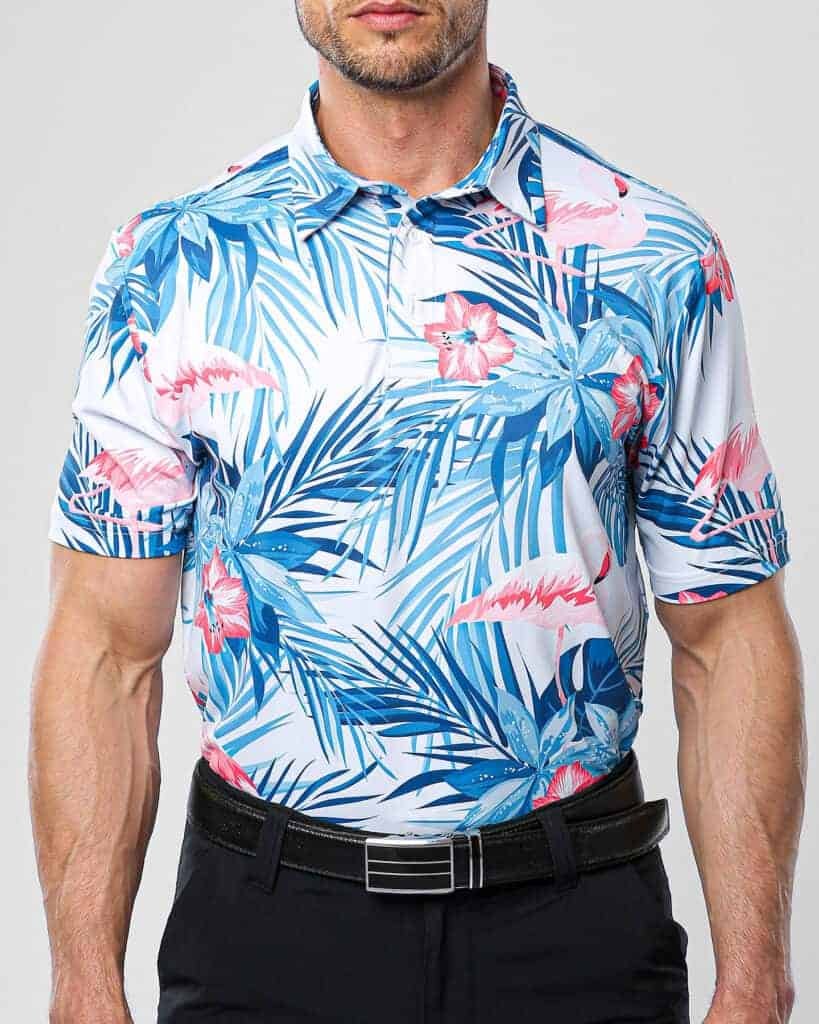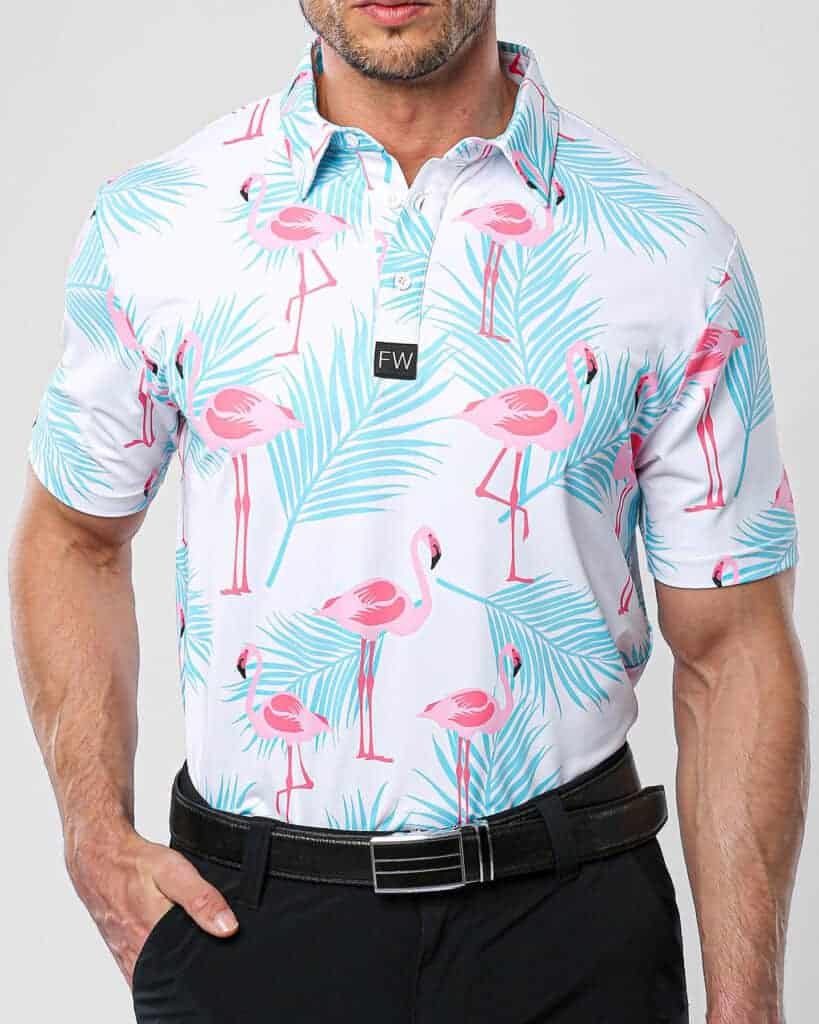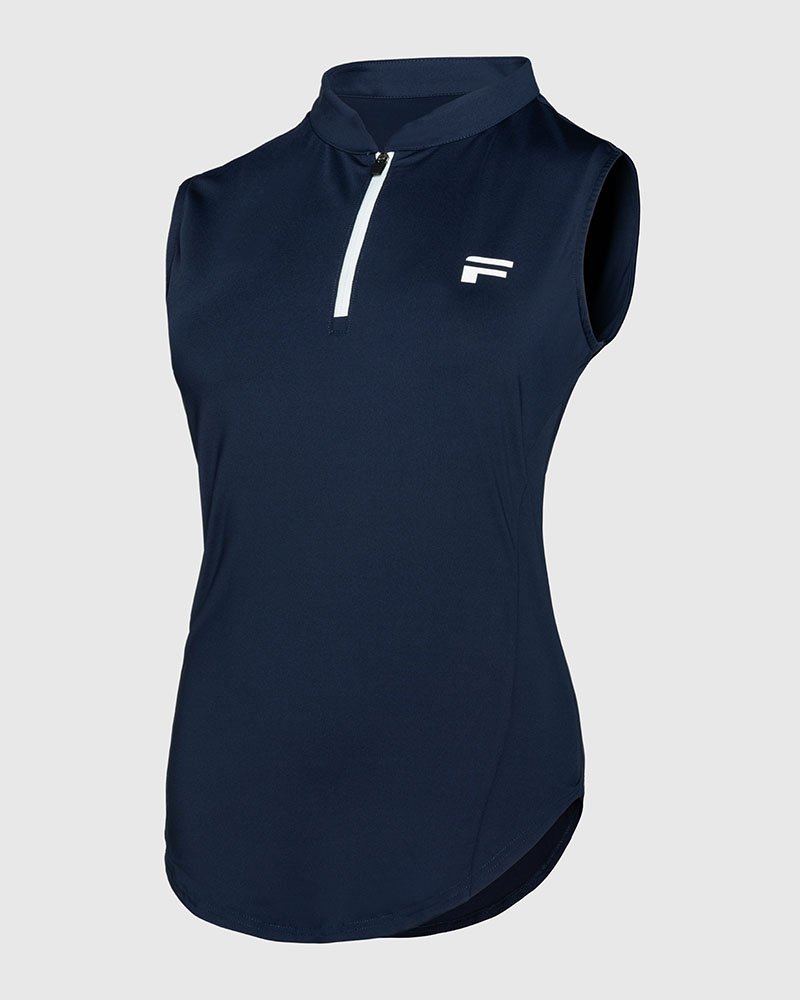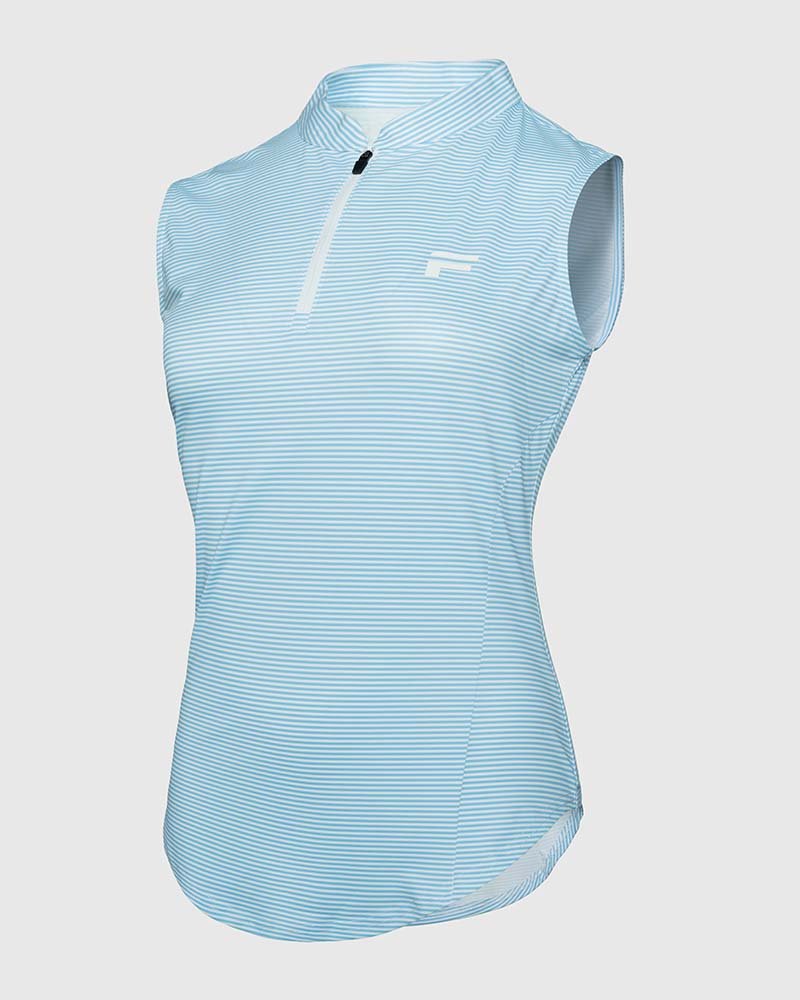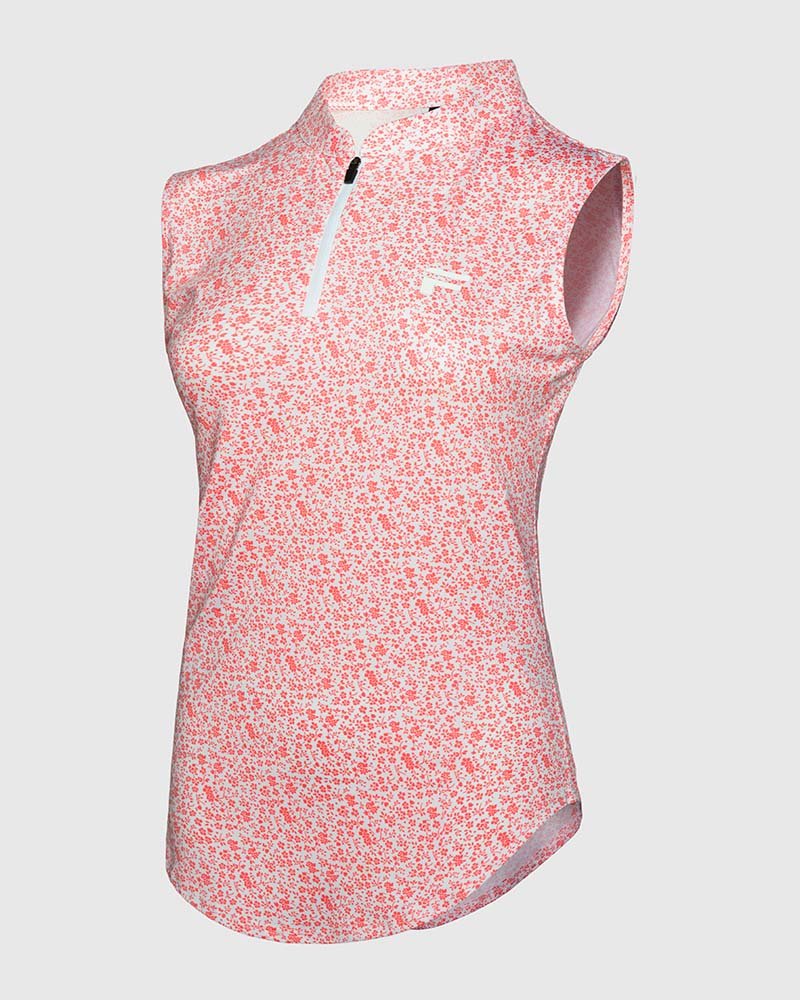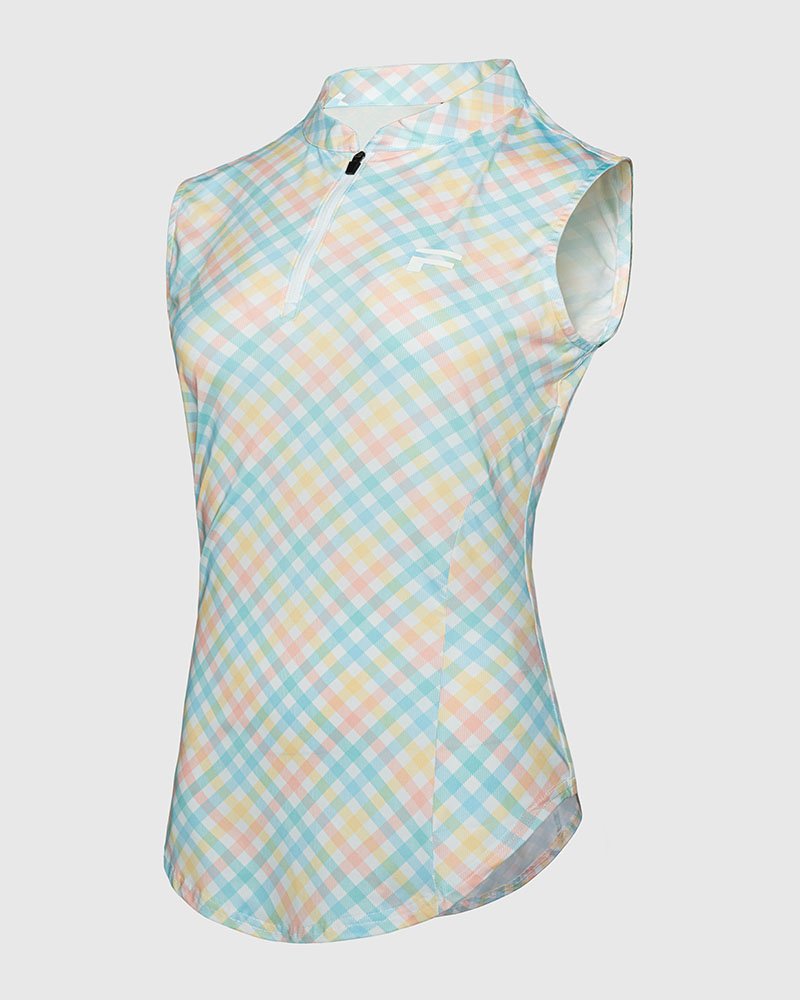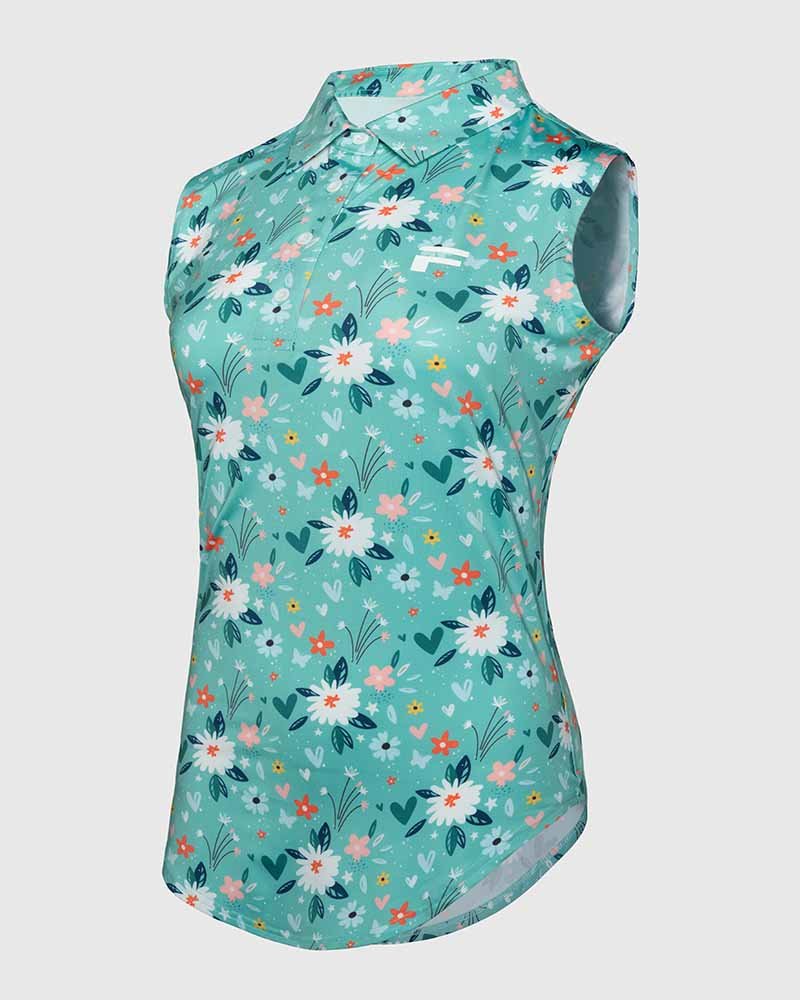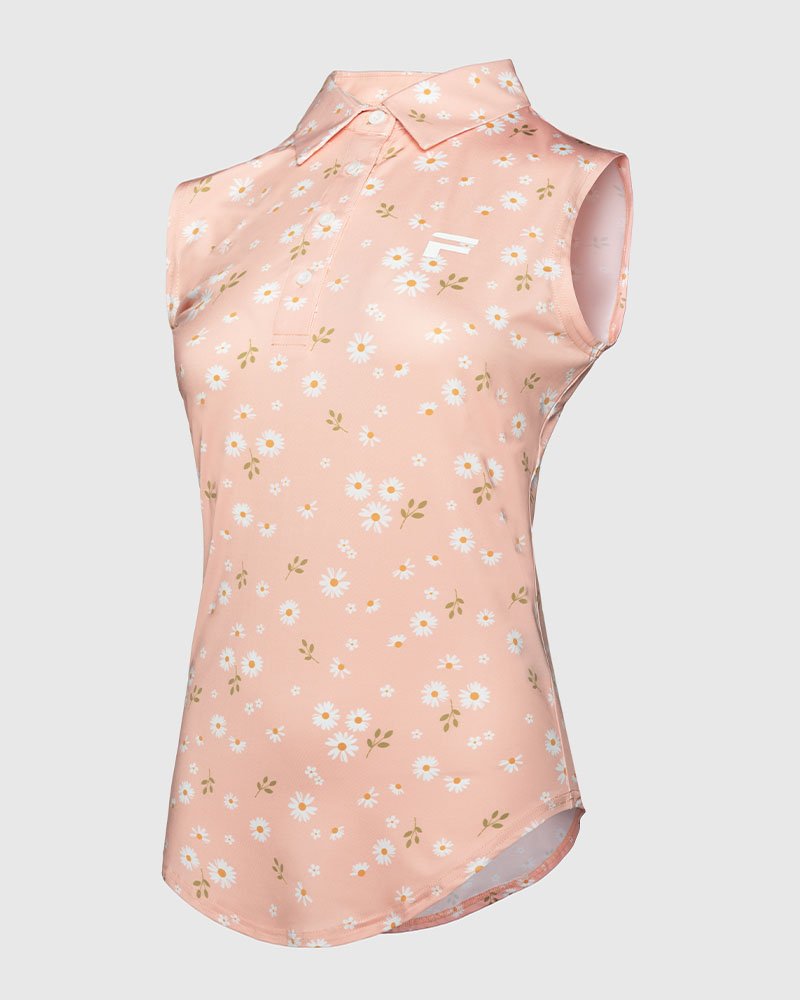
Reducing return rates in the golf apparel industry isn't just about saving costs—it’s about improving customer satisfaction and brand loyalty. A well-optimized supply chain plays a crucial role in ensuring that customers receive exactly what they expect, minimizing the likelihood of returns.
To reduce golf apparel return rates, focus on improving fabric selection, standardizing sizing, strengthening quality control, optimizing logistics, enhancing customer education, and analyzing return feedback. By refining each stage of the supply chain, you can minimize product defects, sizing issues, and customer dissatisfaction, leading to fewer returns and increased brand trust.
Let’s break this down step by step.
Improve Fabric & Material Selection
The quality of fabric plays a major role in customer satisfaction. If the material feels cheap, shrinks, or lacks durability, returns will spike.
How does fabric selection impact return rates?
Choosing high-quality, durable, and performance-driven fabrics reduces returns due to defects or discomfort. Opt for moisture-wicking, stretchable, and breathable materials tailored for golf performance. Ensure colorfastness and shrink resistance through rigorous fabric testing before production to prevent post-purchase dissatisfaction.
Selecting the Right Materials
- Moisture-wicking fabrics: Help keep golfers dry and comfortable.
- Stretchability: Ensures freedom of movement during swings.
- UV Protection: A key selling point for outdoor sports.
- Pilling & Shrinkage Resistance: Prevents quality deterioration after washing.
- Sustainability: Eco-friendly materials appeal to modern consumers.
Testing these materials in real golfing conditions can significantly cut down on customer complaints related to fabric performance.
Standardize Sizing & Fit
One of the top reasons for apparel returns? Inconsistent sizing. If your sizes vary between batches or differ significantly from competitors, expect high return rates.
How can standardizing sizing reduce returns?
By implementing consistent sizing charts and using fit models across different body types, brands can minimize sizing confusion. Provide clear measurements and comparison charts to align customer expectations. Consider offering a “fit guide” with real customer feedback on sizing accuracy.
Best Practices for Sizing Consistency
- Use industry-standard sizing patterns.
- Conduct trials with diverse body types to ensure true-to-size fitting.
- Offer virtual fitting tools or AI-driven size recommendations.
- Keep a standardized size chart across all product lines.
Strengthen Quality Control at Multiple Stages
A weak quality control (QC) process leads to defective products slipping through, resulting in returns.
How can multi-stage quality control lower return rates?
By implementing strict QC measures at each stage—fabric sourcing, production, and final inspection—you can catch defects early. Randomized sample testing and on-site inspections ensure consistency and quality before shipping.
Key QC Steps:
- Pre-production: Test raw materials for durability, shrinkage, and color consistency.
- During production: Inspect stitching, seams, and prints at regular intervals.
- Post-production: Conduct random sample checks before packaging.
Optimize Logistics & Packaging
Shipping damages and poor packaging lead to unnecessary returns. Optimizing logistics ensures products arrive in perfect condition.
How does packaging affect return rates?
Durable and well-designed packaging protects apparel from moisture, creases, and transit damage. Eco-friendly yet protective packaging solutions can also enhance customer experience while reducing returns.
Logistics & Packaging Strategies
- Use reinforced packaging to prevent damage during transit.
- Offer tracking and real-time updates to reduce lost packages.
- Implement weather-resistant packaging for sensitive shipments.
- Optimize warehouse handling to avoid mishandling errors.
Enhance Customer Education & Transparency
A well-informed customer is less likely to return a product. Misaligned expectations due to misleading product descriptions and images contribute to high return rates.
How can customer education reduce returns?
Providing accurate product descriptions, high-quality images, and usage guides ensures customers make informed decisions before purchasing.
Customer Education Tactics
- Upload high-resolution images with multiple angles.
- Include videos showcasing fabric stretch, fit, and color in natural light.
- Offer detailed size guides with real customer feedback.
- Provide care instructions to prolong fabric longevity.
Streamline Return & Feedback Analysis
Returns can provide valuable insights into product and supply chain issues. Ignoring return data is a missed opportunity to improve your process.
How does analyzing return data help reduce future returns?
By tracking return reasons, you can identify recurring issues, whether it's sizing inconsistencies, fabric problems, or logistic mishaps. A strong return analysis system enables brands to proactively address pain points and refine their supply chain.
Actionable Feedback Strategies
| Issue Type | Solution Implemented |
|---|---|
| Sizing complaints | Adjust size charts, add real customer size feedback |
| Fabric defects | Strengthen fabric testing & supplier vetting |
| Packaging damage | Enhance protective packaging & improve handling |
By closing the feedback loop, you can continuously refine your supply chain for better product performance and customer satisfaction.
Conclusion
Optimizing the supply chain to reduce return rates involves proactive strategies—from material selection and quality control to packaging, logistics, and customer education. By refining these areas, you can not only cut costs but also boost brand reputation and customer trust, ensuring long-term success in the golf apparel market.




